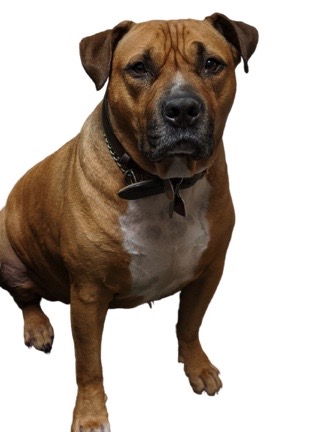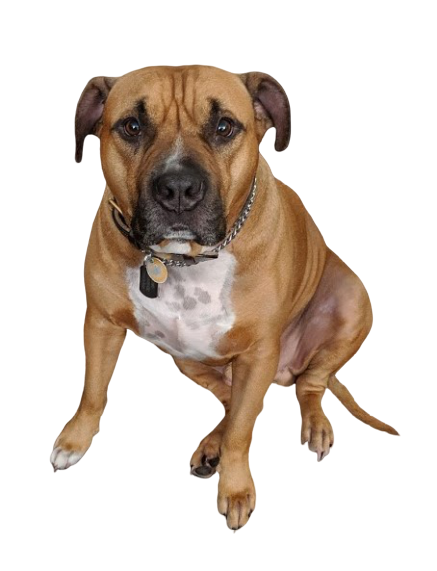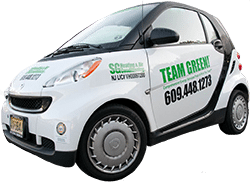March 20th, 2021

Before you fire up your boiler or furnace, you should know that carbon monoxide poisoning is the most common source of accidental poisoning, leading to tens of thousands of hospitalizations and killing hundreds of people each year in the United States. While it’s something to be wary of year-round, it’s especially prevalent in the fall, when people fire up their seasonal combustion appliances, such as a gas furnace, boiler, wood stove, or space heater for the first time since last winter. One thing that makes carbon monoxide so dangerous is that it’s impossible to sense: it’s colorless and invisible and doesn’t give off any odor.
The Carbon Monoxide Risk of Furnaces and Boilers
Furnaces and boilers have been redesigned for safety over the years, but many homes still have older designs that present a higher risk of carbon monoxide emissions. Older furnaces vent carbon monoxide and other by-products outdoors using natural drafts. This system works fine – as long as there aren’t any leaks. If leaks develop, due to loose pipes or corroding metal, some of the carbon monoxide will escape instead of being vented out, and you’ve got a gas leak.Visible Signs of a Gas Leak
While carbon monoxide is invisible, there are several observable effects a leak can cause. These include:- Rust or water streaks on your furnace vent or chimney
- A loose or missing furnace panel
- Soot or debris in or around the furnace
- Loose or disconnected vent pipes
- Loose masonry on a masonry chimney
- Moisture on the inside of windows
What is Backdrafting?
The pressure in your house becomes negative when the pressure inside is less than the atmospheric pressure outside. Since nature abhors a vacuum, the house will balance out the negative pressure by bringing flue gases back into the home. This is called backdrafting. Two signs of backdrafting are drafts coming from an unused fireplace and melted plastic on top of a boiler.Backdrafting is highly unlikely with a modern furnace or boiler because they use power vents, sealed combustion systems, and fans to create a draft and exhaust the combustion gases. Nevertheless, furnace and boiler maintenance is necessary to help ensure the safety of your household. A carbon monoxide detector is a wise investment and can give you added peace of mind, but it’s no substitute for professional boiler and furnace maintenance!
Symptoms of Carbon Monoxide Poisoning
Low-level symptoms of carbon monoxide may include shortness of breath, mild nausea, and mild headaches, while more severe symptoms can include severe headaches, dizziness, confusion, nausea, and faintness. If some of these symptoms sound familiar, it may be because they’re also associated with the flu. Just as carbon monoxide is difficult to detect, carbon monoxide poisoning can sometimes go undetected because people think they’re experiencing flu symptoms. However, there are some easy ways to distinguish flu symptoms from carbon monoxide poisoning symptoms. Do you experience your symptoms only when you’re at home, and nowhere else? Do the other people in your home have similar symptoms at the same time as you? If so, it may mean that carbon monoxide poisoning, not the flu, is the cause of your illness. Carbon monoxide can cause your skin to turn cherry-red in color, and can also cause altered mental status, and in extreme cases, death.What to Do If You Think You Have Carbon Monoxide Poisoning
Your first instinct should be to get out of your home. If possible, open your windows and turn off the house’s combustion appliances before evacuating. Then go to a local doctor’s office or emergency room.Preventing Carbon Monoxide Poisoning
It’s important to know the signs of carbon monoxide poisoning and know what to do if you think you’re experiencing it, but it’s even better to prevent it from happening in the first place. The best way to do this is with annual boiler or heater maintenance. At SG Heating & Air Conditioning LLC, our Precision Tune-Ups include checking for gas leaks and other measures to keep your furnace or boiler running safely and efficiently. Call our office at 609-448-1273 or use our contact form to learn more about our maintenance plans, furnace and boiler installations and repairs, carbon monoxide detector installations, and more!Carbon monoxide sure is dangerous, nasty stuff. I’ll take your word for it that I can’t smell it – I wouldn’t even want to try to smell it if I could! Woof!!

All Content © 2021 SG Heating & Air Conditioning LLC – All Rights Reserved


